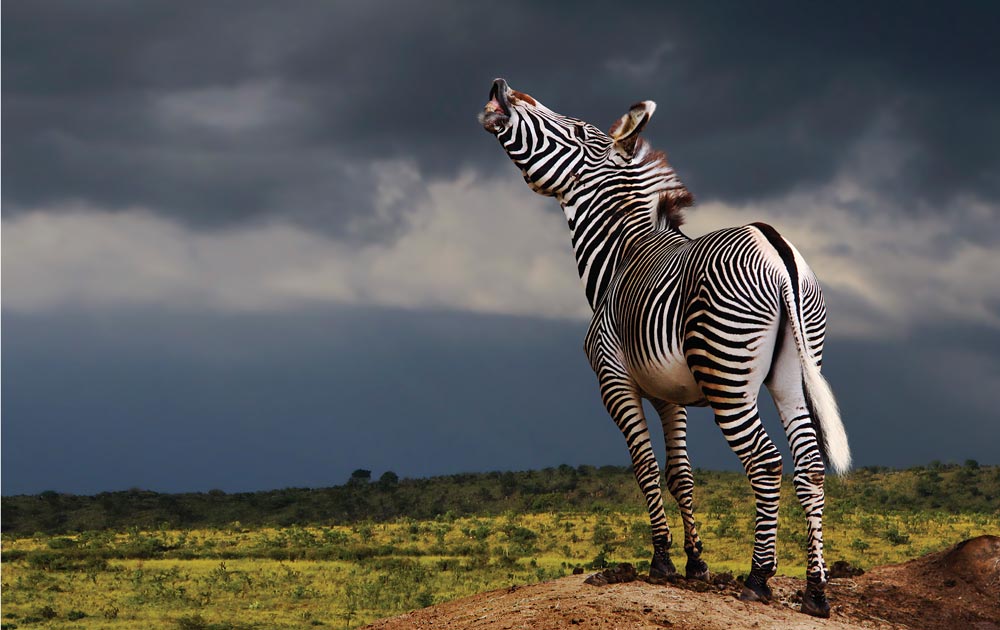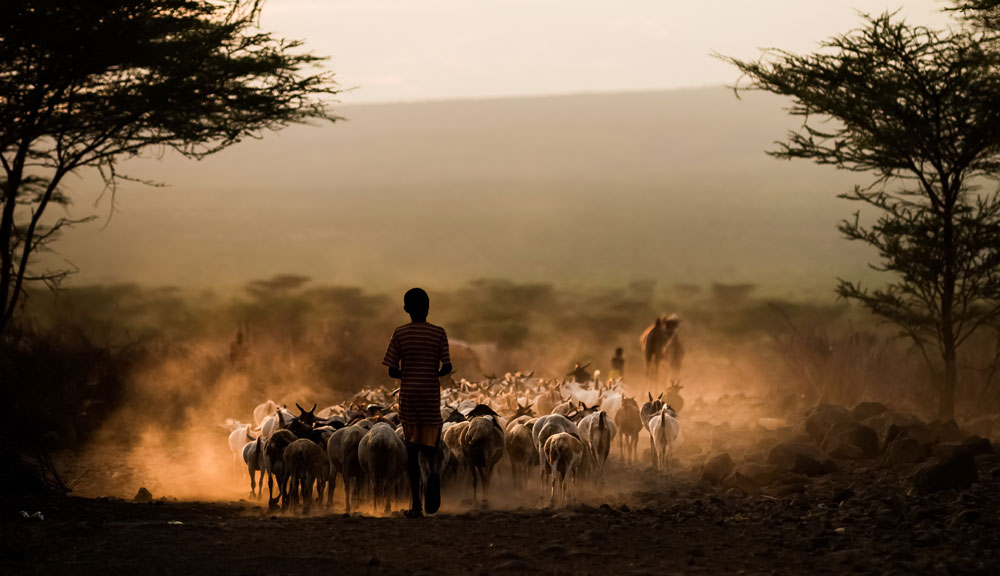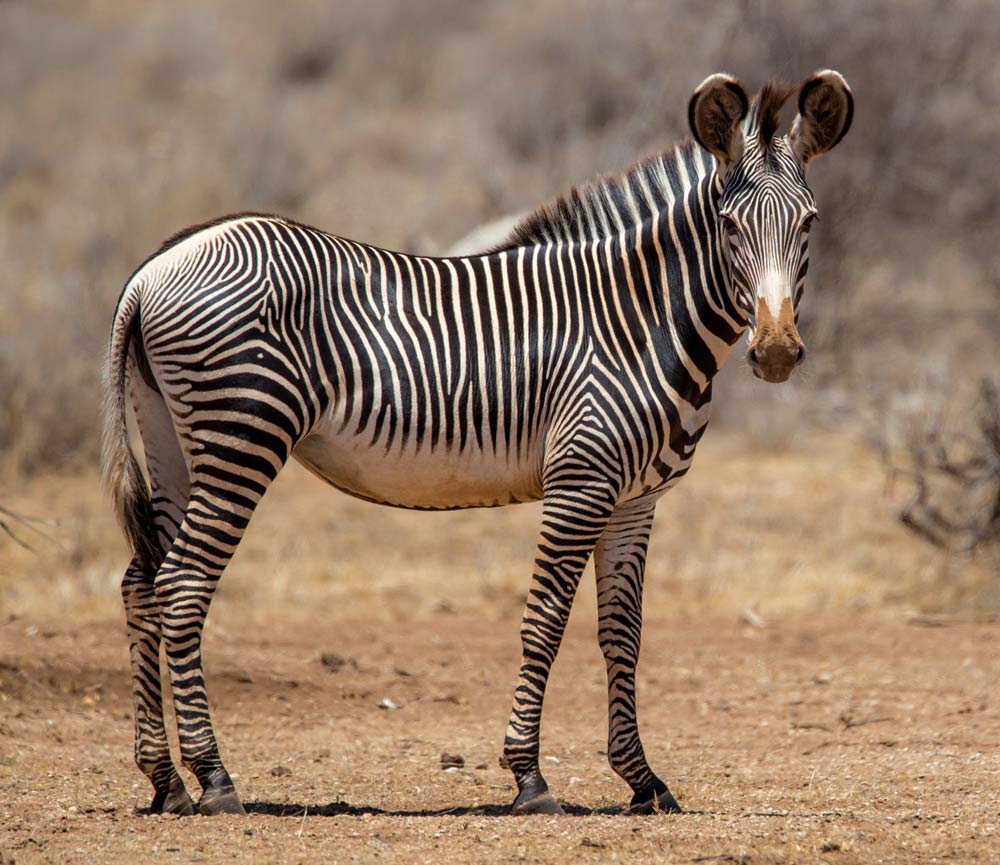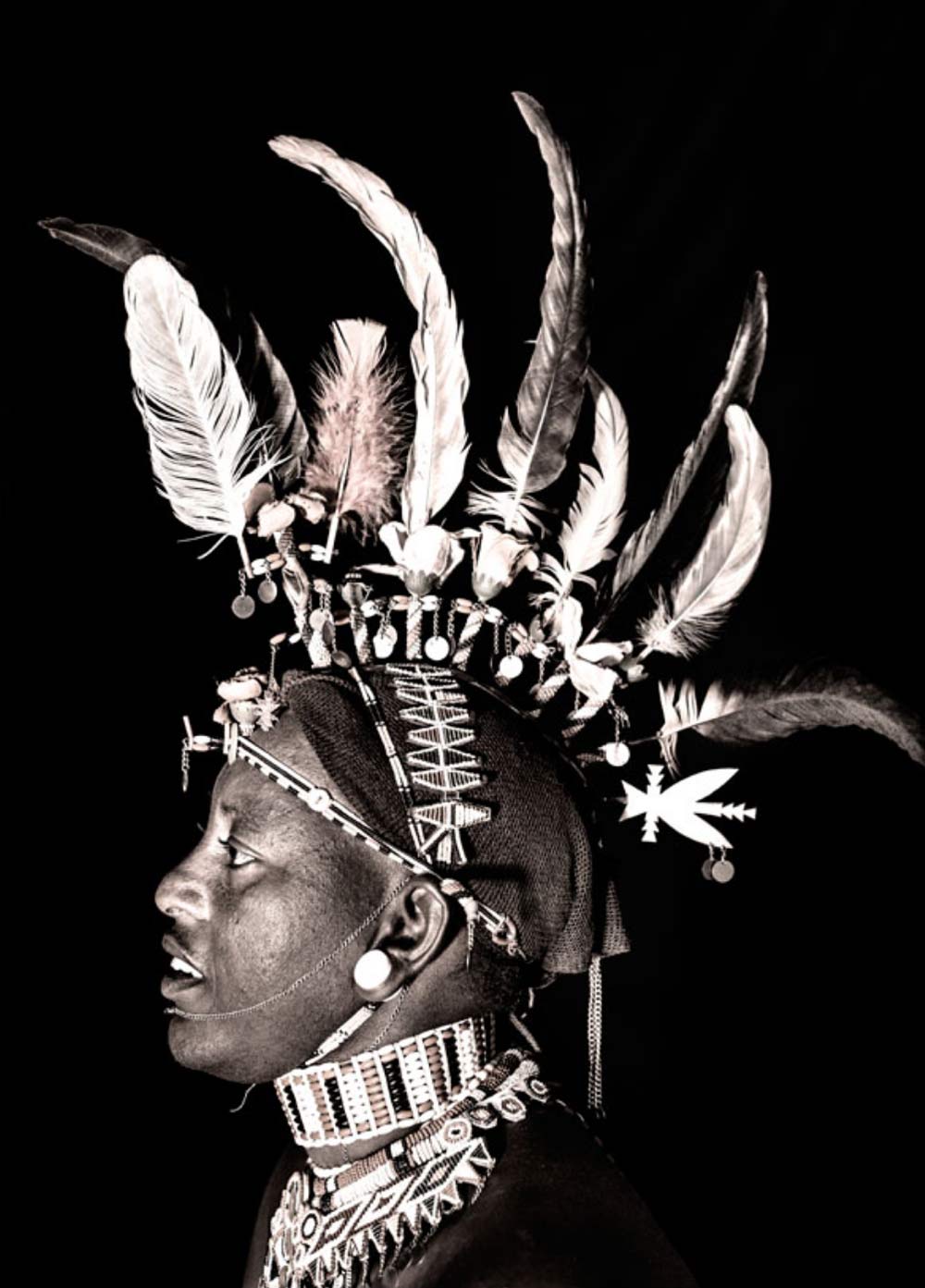Magical, majestic and beautiful, the Grevy’s zebra is about as close as you’ll get to a unicorn on planet earth. And it’s SO rare that it is classified as ‘endangered’ on the IUCN (International Union for Conservation of Nature) Red List. This means that the magnificent Grevy’s zebra will shortly join the unicorn in the realms of mythical beasts – unless something is done to save it. Fortunately, something is being done.

Threats to survival
The situation is dire. The Grevy’s zebra is listed as endangered on the IUCN (International Union for Conservation of Nature) ‘Red List of Threatened Species’. In simplistic terms this means it is getting dangerously close to following the dodo into extinction.
Forty years ago, it is estimated there were over 15,000 Grevy’s zebra roaming the Horn of Africa. The latest census (the Great Grevy’s Rally 2018) reveals that there are now only 3,000 individuals (2,812 in Kenya and 188 in Ethiopia). There are many threats to the survival of this beautiful creature including poaching, disease, competition with domestic livestock, habitat destruction and human disturbance at the zebras’ traditional watering places. By far the most pressing danger they face, however, is the shrinkage of their habitat. And that boils down to the availability of grass. Grass matters to the Grevy’s zebra: big time. They spend 60-80% of their time eating it. It therefore follows that if the grass goes … so do the Grevy’s.
What’s more, since the Grevy’s live in 10,000 sq km of wild and rugged territory in the far north of Kenya where only 1% of land is protected by national parks or conservancies, their chances of survival were looking as slim as their iconic stripes. Until some unlikely saviours stepped in.
The Grass Guardians
Enter the Grass Guardians, a group of around 50 Samburu children, boys and girls, some as young as seven.

Children have always acted as cattle herders amongst the Samburu: it’s how they learn how to be Samburu. The school-going children tend to herd during their school holidays. The Samburu, like the Maasai, have an incredibly high regard for their cattle so it’s only natural that the Samburu children should learn their trade ‘hands on’ from a very early age. Lately, however, their traditional role has been radically expanded. Working with the Grevy’s Zebra Trust in the Westgate Community Conservancy in Samburu, Northern Kenya, the children have been invited to attend special training camps. Here they’ve learned all about the importance of conserving grasslands and they’ve also been trained in the latest methods of ‘holistic rangeland management’.
The gospel of the grass
And the results have been startling.
The children have taken to their new role with enthusiasm and, entirely self-motivated, they have devised their own methods of planned livestock grazing. They have built their own lokeren, small enclosures within their manyattas that house small stock and injured or sick wildlife. Better still, they’ve created their own tree-planting initiatives and now plant trees around their schools wherever soil erosion threatens. Most important of all, however, they’ve spread the ‘gospel of the grass’ to all the members of their community. And woe betide anyone who doesn’t toe the line when it comes to loving grass.
Learn your stripes

Grevy’s zebra have undergone one of the most substantial reductions of range of any African mammal. Historically, they were to be found right across the Horn of Africa including in Djibouti, Eritrea, Somalia and Sudan. Now they are found only in Ethiopia and Kenya.
Interestingly, the Grevy’s zebra was the first of the zebra species to evolve after asses, and can be differentiated from the common Burchell’s zebra by virtue of it being taller, having narrower stripes, large ‘Mickey Mouse’ ears and a brown muzzle. Even more whimsically, it gets its name from the fact that in 1882, Emperor Menelik II of Ethiopia thought his zebras to be so regally magnificent that he gave one as a gift to Jules Grevy, the President of France.
About the Grevy’s Zebra Trust (GZT)

GZT works to conserve the Grevy’s zebra (Equus grevyi) in partnership with communities. It works with elders, warriors, women and children from the Samburu, Turkana and Rendille ethnic groups to monitor the Grevy’s zebra populations, increase conservation awareness and foster positive attitudes towards the species and its habitat.
To find out more visit: www.grevyszebratrust.org
© 2025 Kenya Holidays
